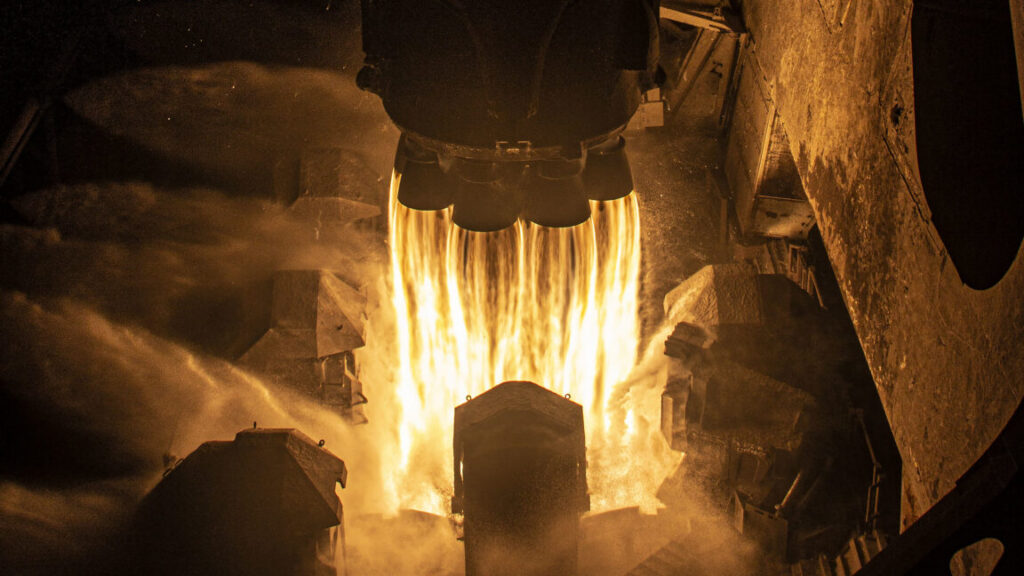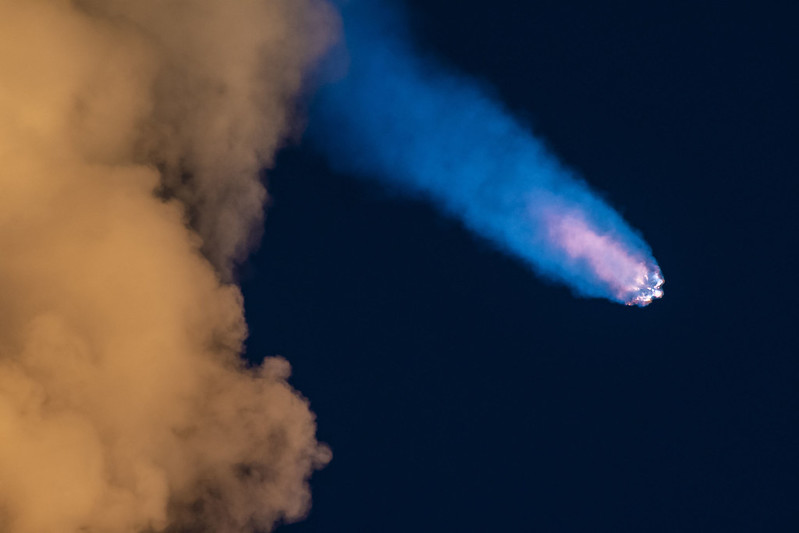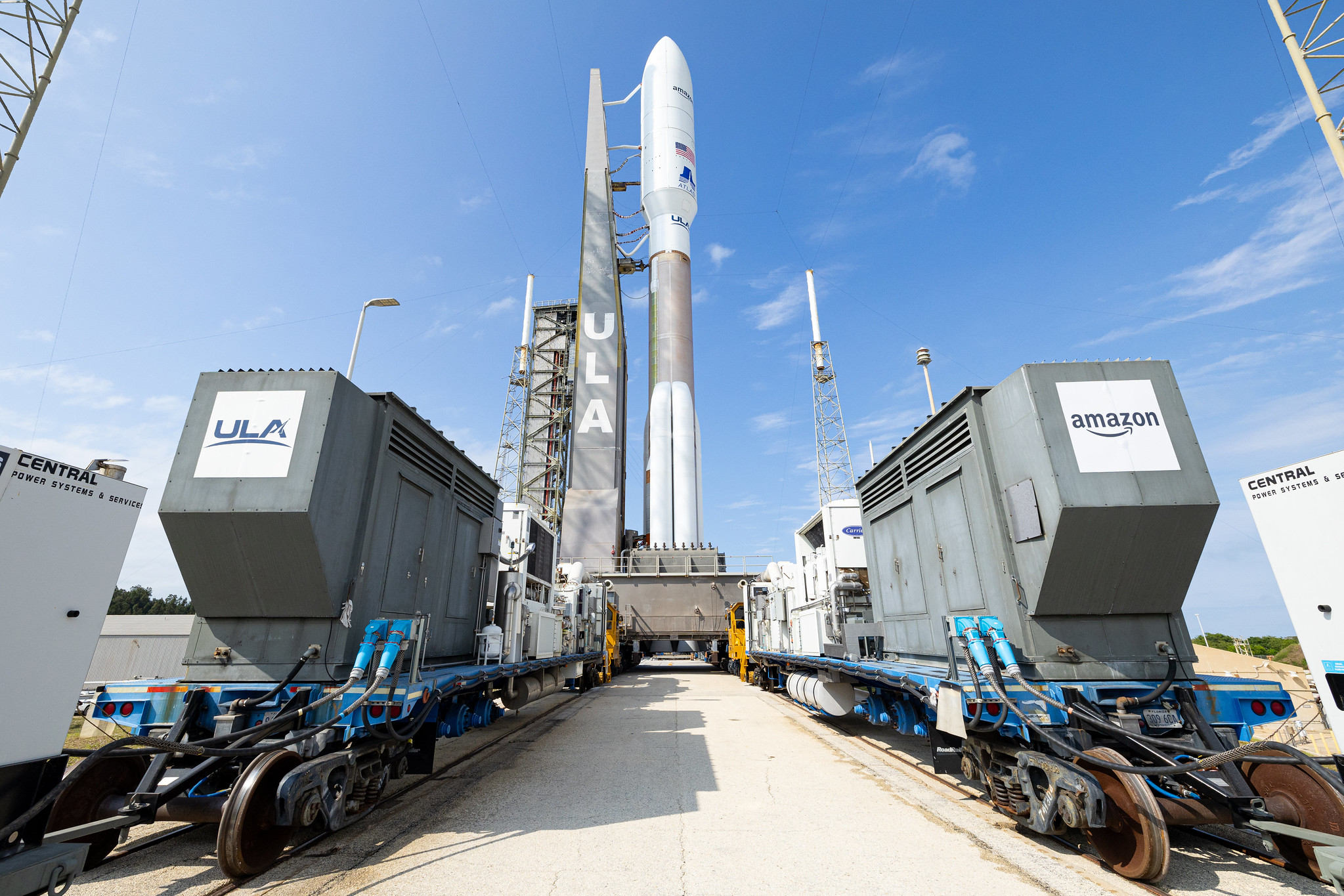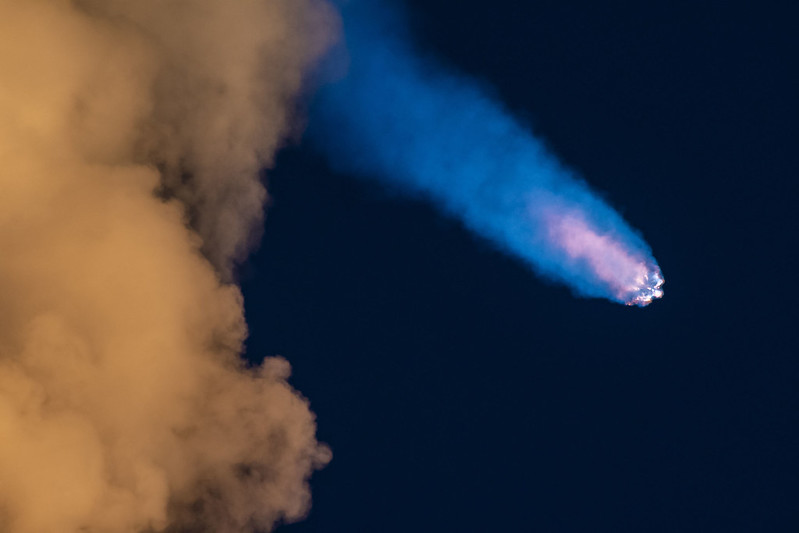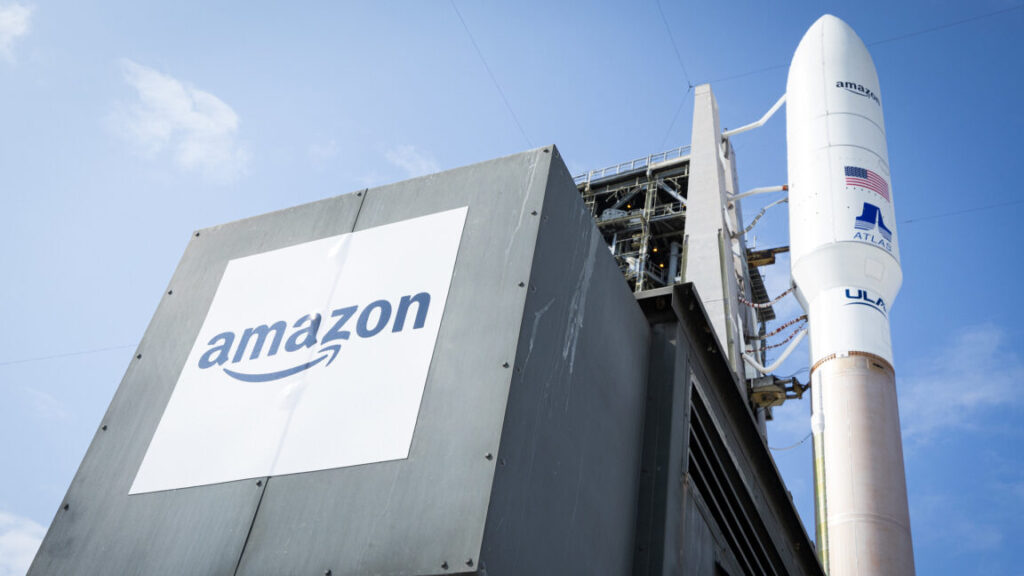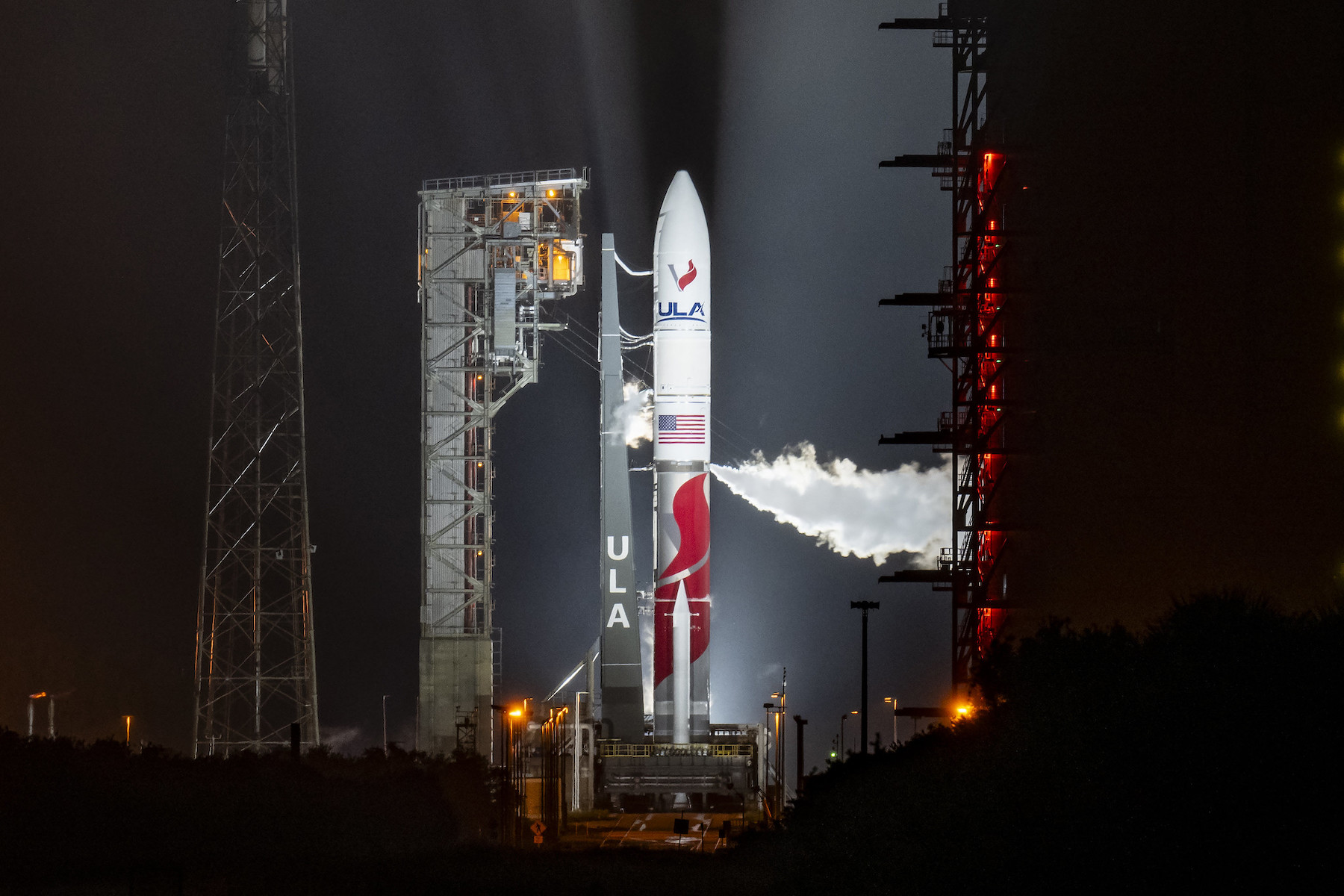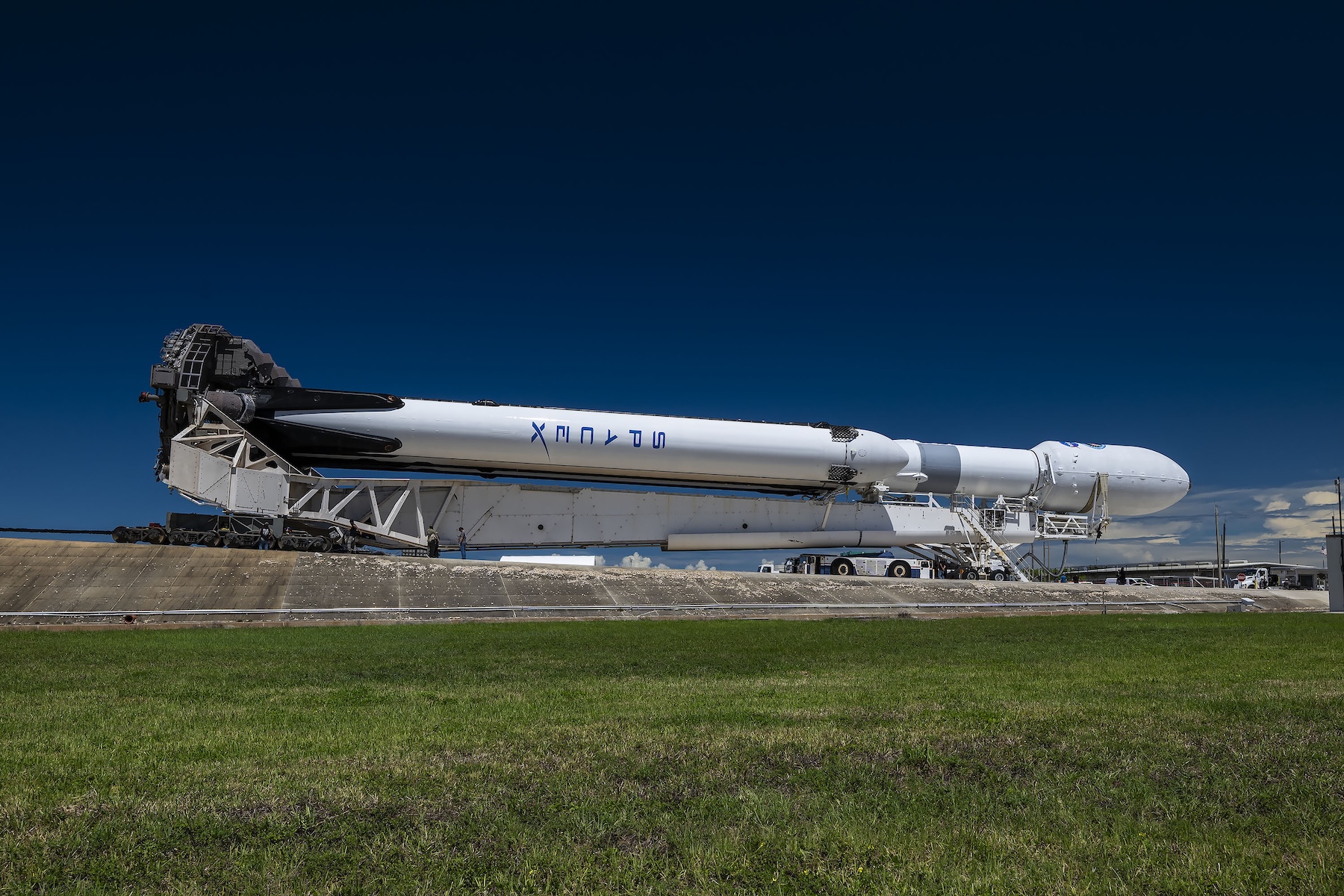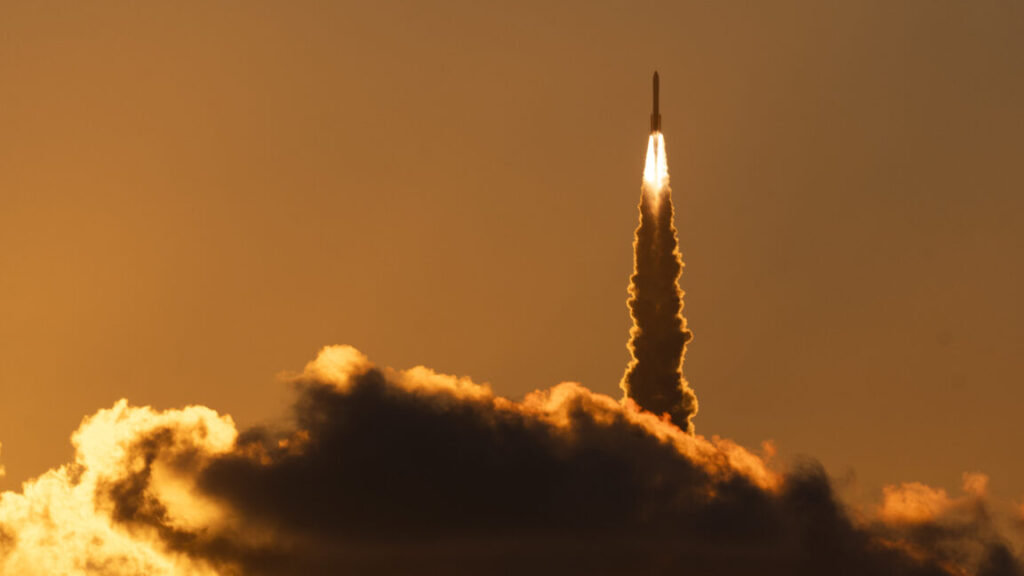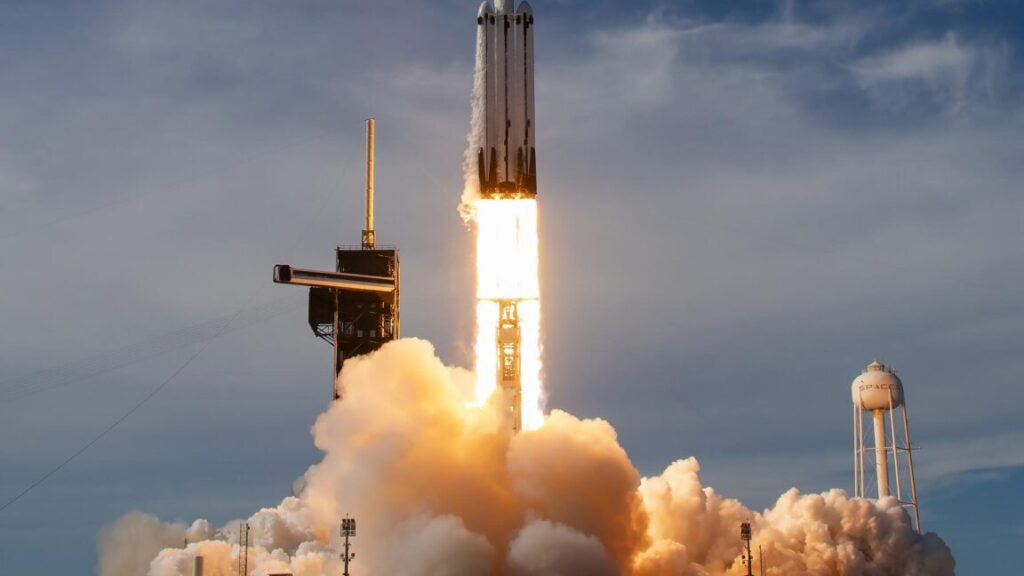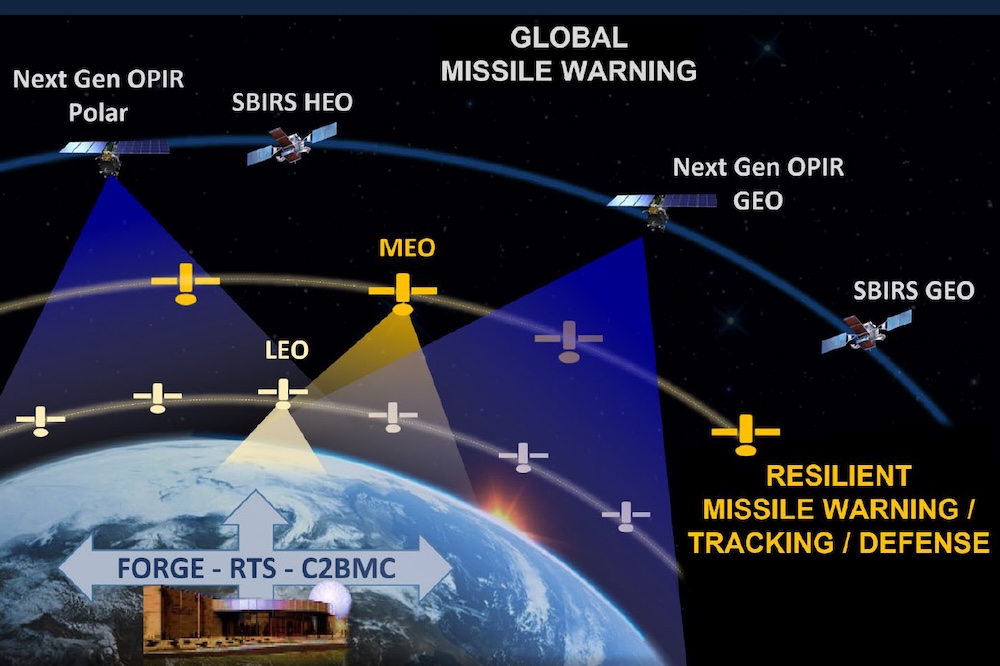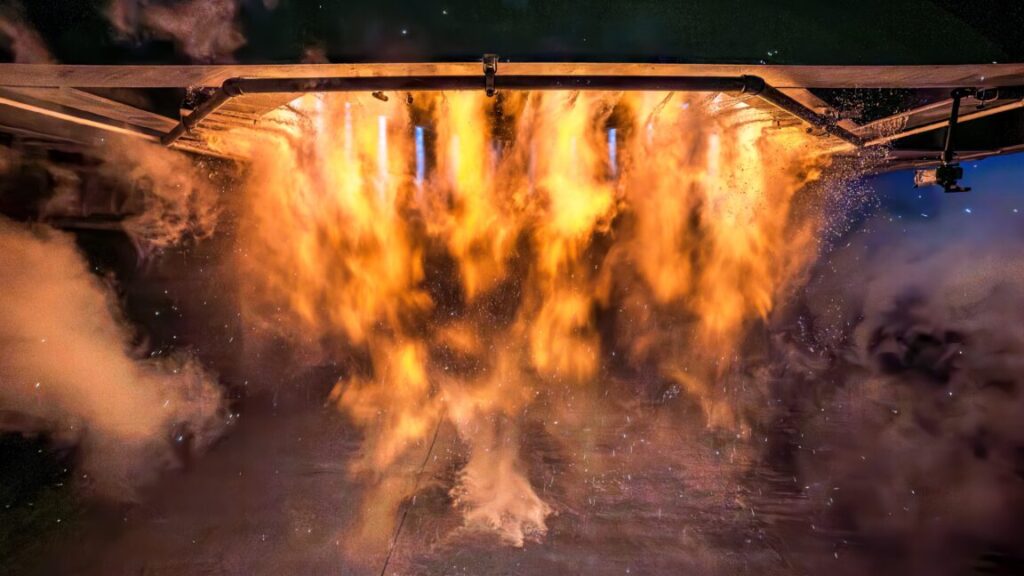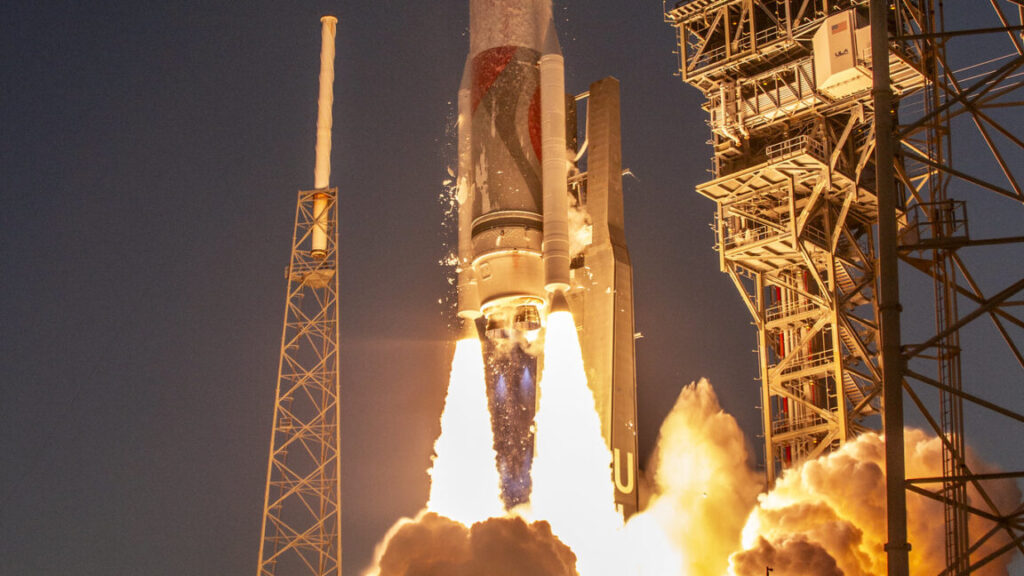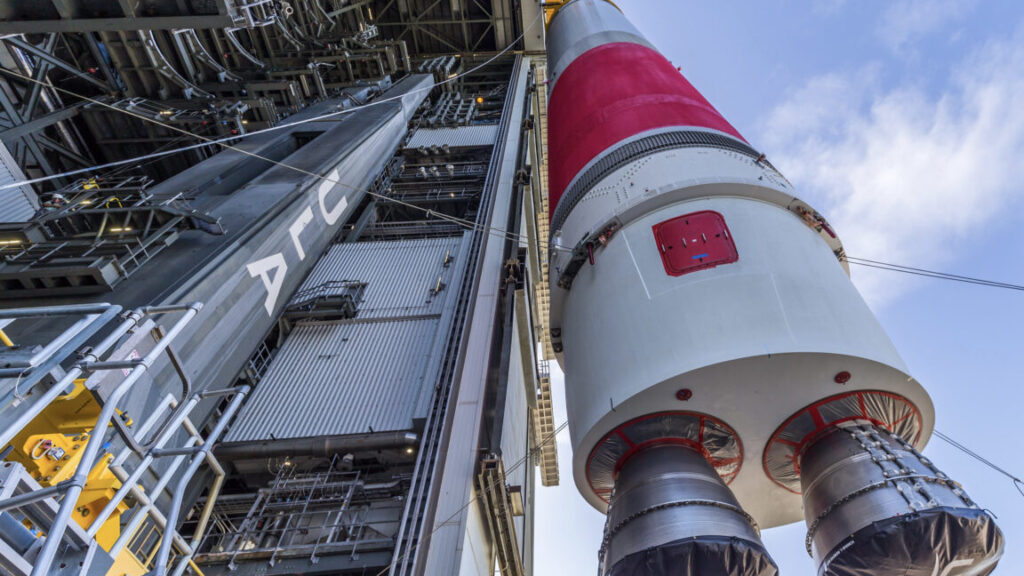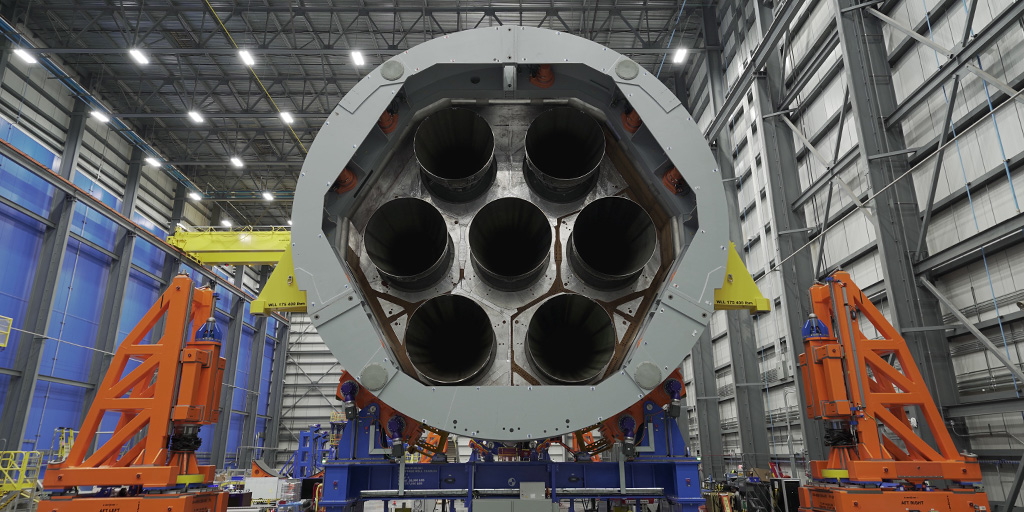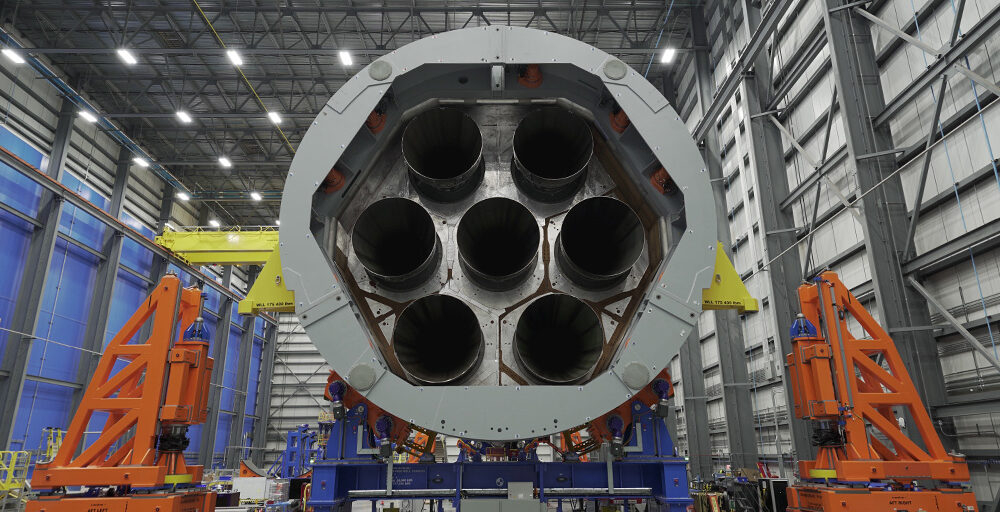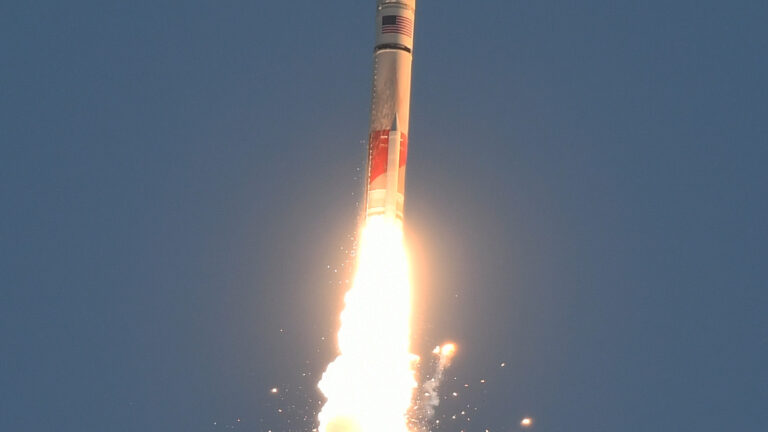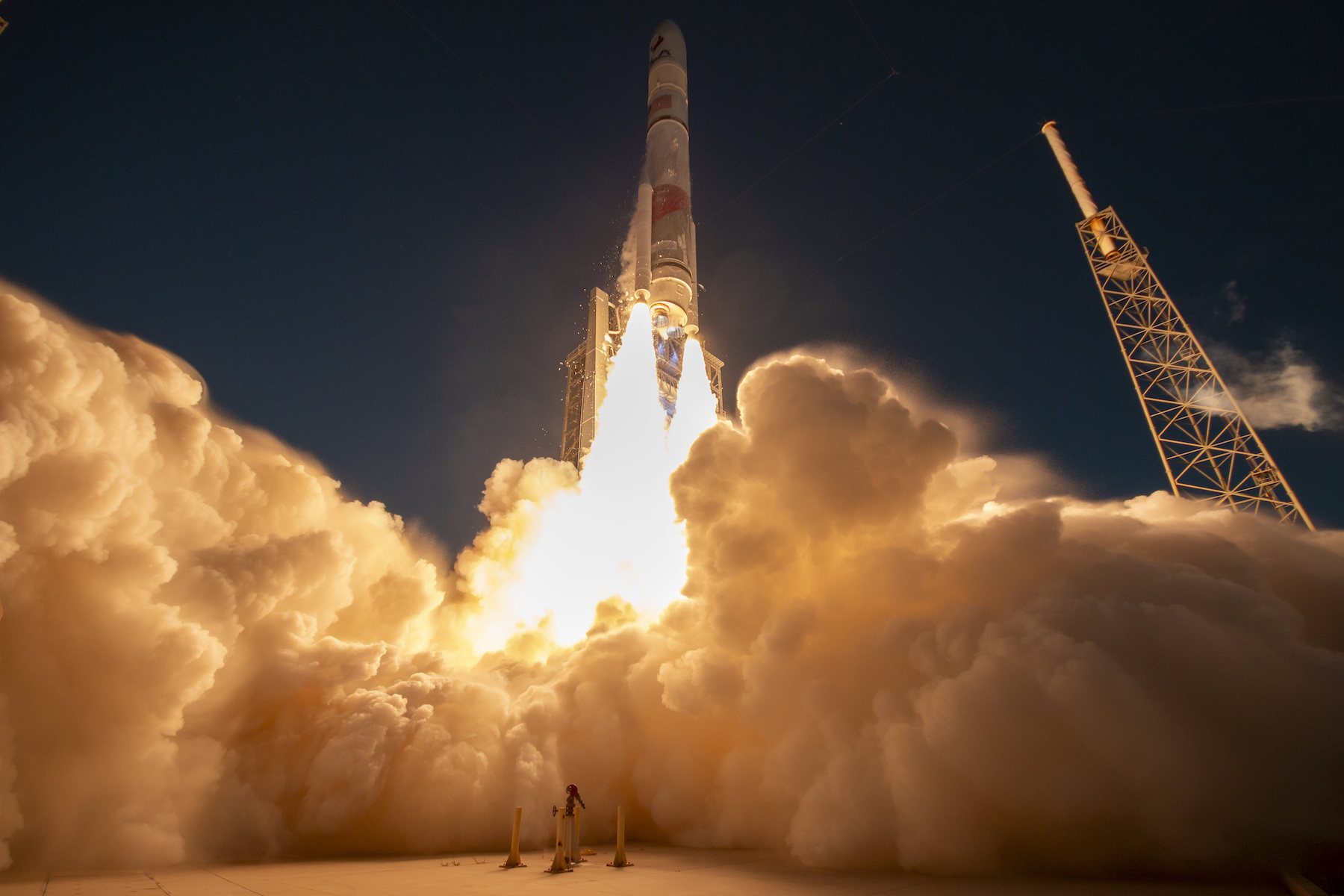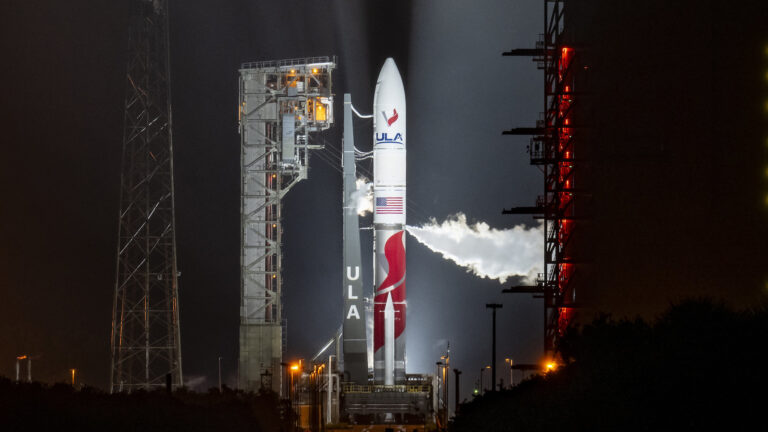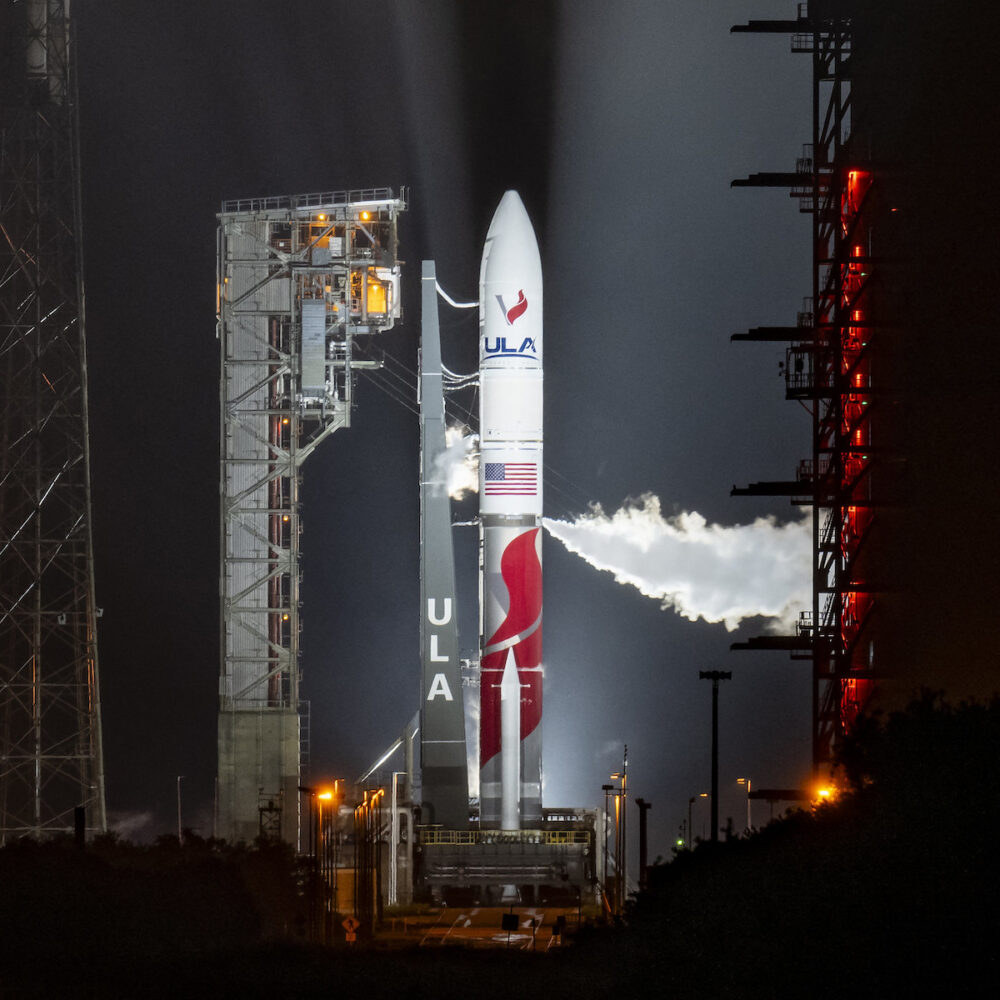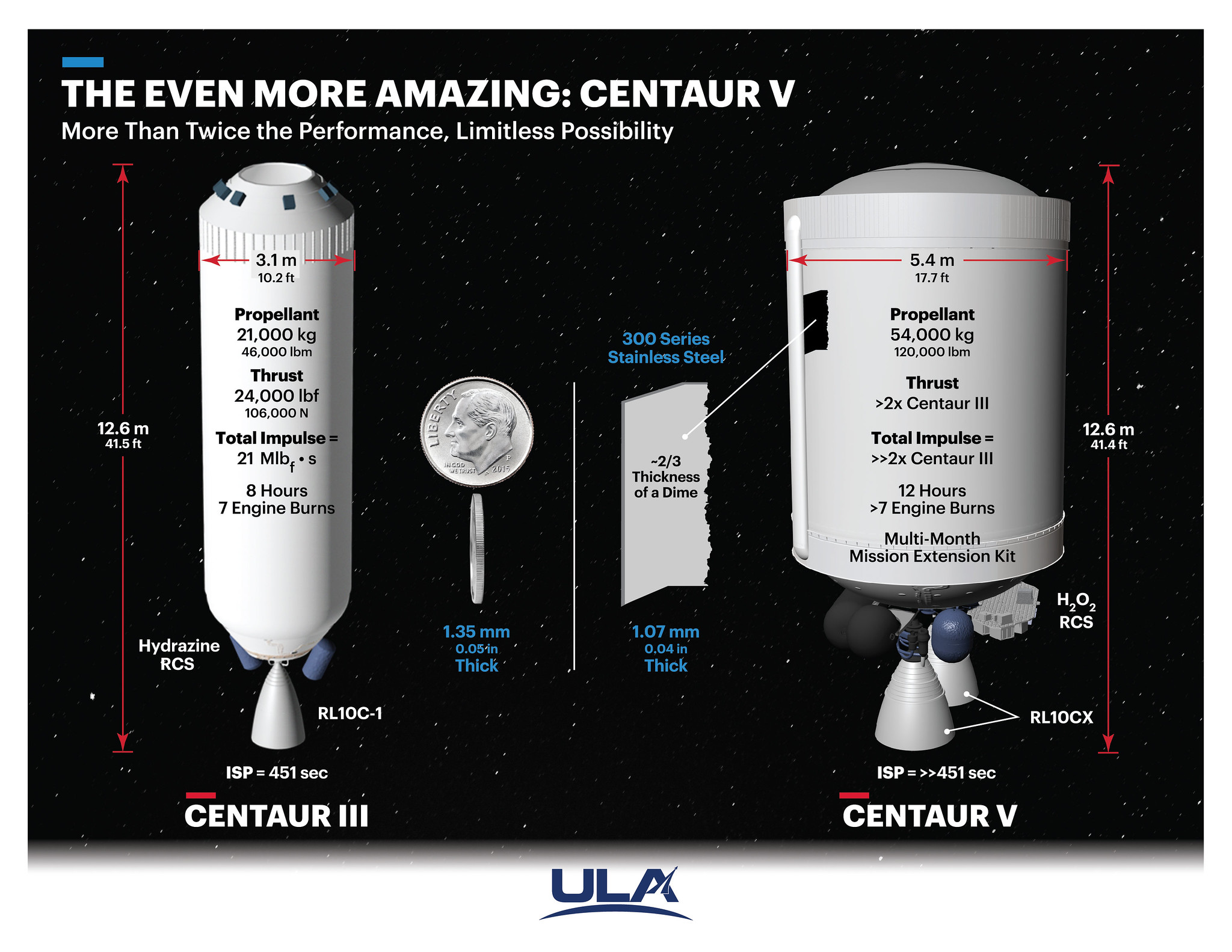Reusable rockets are here, so why is NASA paying more to launch stuff to space?
• 1998: Deep Space 1 — Delta II rocket — $86 million
• 1999: Mars Polar Lander — Delta II rocket — $88 million
• 2001: Mars Odyssey — Delta II rocket — $96 million
• 2003: Spirit and Opportunity Mars rovers — two Delta II rockets — $87 million per launch
• 2004: Swift — Delta II rocket — $90 million
• 2005: Mars Reconnaissance Orbiter — Atlas V rocket — $147 million
• 2007: Phoenix Mars lander — Delta II rocket — $132 million
Launch prices for NASA missions soared after the late 2000s, following the creation of United Launch Alliance through a merger of the Atlas and Delta rocket programs developed by Lockheed Martin and Boeing. The merger eliminated competition for most of NASA’s launch contracts until SpaceX’s Falcon 9 became available for NASA science missions in the mid-2010s. Here’s a sample of missions as examples of the rising costs, with contract values adjusted for inflation from the time of their award to reflect 2025 dollars:
• 2009: Lunar Reconnaissance Orbiter — Atlas V rocket — $220 million
• 2012: Radiation Belt Storm Probes — Atlas V rocket — $226 million (averaged from a bulk buy)
• 2014: Orbiting Carbon Observatory-2 — Delta II rocket — $191 million (averaged from a bulk buy)
• 2016: OSIRIS-REx asteroid mission — Atlas V rocket — $252 million
• 2017: TDRS-M data relay satellite — Atlas V rocket — $179 million
• 2017: JPSS-2 weather satellite — Atlas V rocket — $224 million
• 2018: InSight Mars lander — Atlas V rocket — $220 million
• 2018: ICESAT-2 — Delta II rocket — $134 million
Again, the missions listed above would likely launch on SpaceX’s Falcon 9 rockets if NASA awarded these contracts today. So, how do SpaceX’s more recent Falcon 9 prices compare? Let’s take a look. These contract values are adjusted for inflation from the time of their award to reflect 2025 dollars:
• 2016: Jason 3 oceanography satellite — Falcon 9 rocket — $114 million
• 2018: Transiting Exoplanets Survey Satellite — Falcon 9 rocket — $118 million
• 2020: Sentinel-6A — Falcon 9 rocket — $126 million
• 2021: Double Asteroid Redirection Test — Falcon 9 rocket — $86 million
• 2021: Imaging X-ray Polarimetry Explorer — Falcon 9 rocket — $62 million
• 2022: Surface Water and Ocean Topography — Falcon 9 rocket — $148 million
• 2024: PACE Earth sciences mission — Falcon 9 rocket — $99 million
• 2025: SPHEREx astronomy mission — Falcon 9 rocket — $99 million
And here are a few future launches NASA has booked to fly on SpaceX’s Falcon 9 rocket. Some of these contracts were awarded in the last 12 months, and those have not been adjusted for inflation. The others reflect 2025 dollars:
• 2025: Interstellar Mapping and Acceleration Probe — Falcon 9 rocket — $134 million
• 2025: Sentinel-6B — Falcon 9 rocket — $101 million
• 2027: NEO Surveyor — Falcon 9 rocket — $100 million
• 2027: JPSS-4 weather satellite — Falcon 9 rocket — $113 million
• 2027: Compton Spectrometer and Imager — Falcon 9 rocket — $69 million
There are a few other things worth noting when we chart NASA’s launch prices. One is that SpaceX’s Falcon Heavy, used for NASA’s heaviest missions, costs more than a Falcon 9 rocket. For example, two identical weather satellites launched in 2022 and 2024 on ULA’s Atlas V and SpaceX’s Falcon Heavy rocket for $207 million and $178 million, respectively, again adjusted for inflation.
Reusable rockets are here, so why is NASA paying more to launch stuff to space? Read More »
